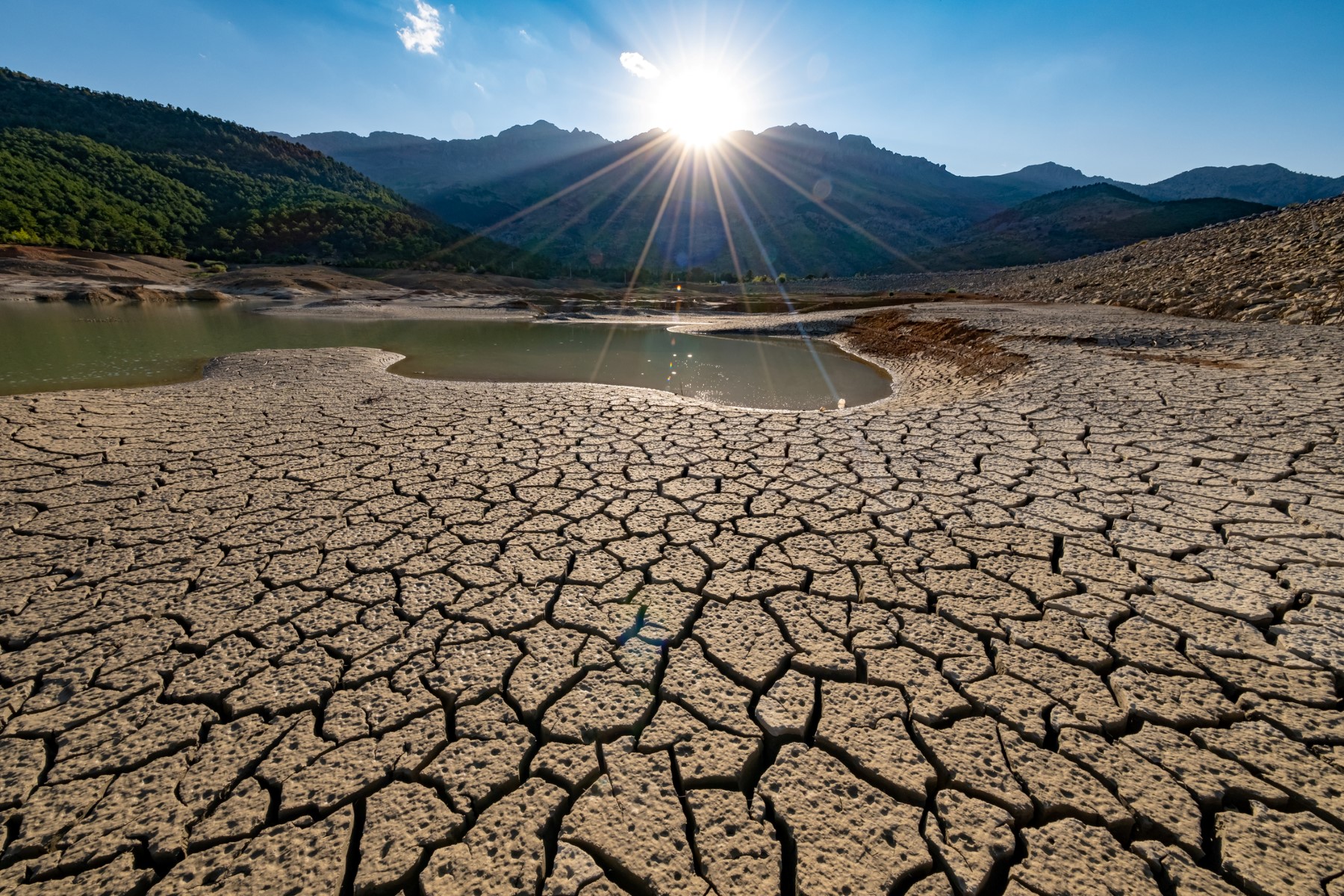Climate Change in the RSA
Climate change is increasingly affecting the ROPME Sea Area (RSA), which already experiences environmental extremes and is one of the world’s warmest seas.
Increases in temperature and salinity, reduced oxygen and ocean acidification are being observed in the RSA, along with a rising sea-level. The risk of cyclones in the Middle and Outer RSA could also be increasing. Changes in these conditions are expected to accelerate in the future, with far-reaching consequences for biodiversity and society.
Climate change and other human impacts are causing extensive degradation and loss of habitats, such as coral reefs, mangroves, saltmarshes and seagrasses leading to declines in the species and services they support (food, water quality, carbon storage, recreation and coastal protection).
Phytoplankton, the microscopic algae that are the basis of the marine food web, could decline in abundance, with negative impacts on important fish stocks.

Coastal settlements and infrastructure are highly vulnerable to sea-level rise, flooding, erosion, storms and cyclones, and the risk of major damage is increasing. Future changes in storm and wave conditions could affect offshore activities, including fishing, oil and gas extraction and shipping.
Potential increases in jellyfish and harmful algae could disrupt operations at desalination plants and other coastal industries, and potentially affect human health.
(Extracted from the report ROPME (2020) Policy Brief: Climate Change Impacts in the ROPME Sea Area (Howes, E.L., Buckley, P., Pinnegar, J.K., Lincoln, S., Maltby, K. and Le Quesne, W. eds.), Cefas, Lowestoft, 24pp)
Global Climate Change
(Definition provided by Climate Change | National Geographic Society)
“Climate change is a long-term shift in global or regional climate patterns. Often climate change refers specifically to the rise in global temperatures from the mid-20th century to present.
Climate is sometimes mistaken for weather. But climate is different from weather because it is measured over a long period of time, whereas weather can change from day to day, or from year to year. The climate of an area includes seasonal temperature and rainfall averages, and wind patterns. Different places have different climates. A desert, for example, is referred to as an arid climate because little water falls, as rain or snow, during the year. Other types of climate include tropical climates, which are hot and humid, and temperate climates, which have warm summers and cooler winters.

Climate change is the long-term alteration of temperature and typical weather patterns in a place. Climate change could refer to a particular location or the planet as a whole. Climate change may cause weather patterns to be less predictable. These unexpected weather patterns can make it difficult to maintain and grow crops in regions that rely on farming because expected temperature and rainfall levels can no longer be relied on. Climate change has also been connected with other damaging weather events such as more frequent and more intense hurricanes, floods, downpours, and winter storms.
In polar regions, the warming global temperatures associated with climate change have meant ice sheets and glaciers are melting at an accelerated rate from season to season. This contributes to sea levels rising in different regions of the planet. Together with expanding ocean waters due to rising temperatures, the resulting rise in sea level has begun to damage coastlines as a result of increased flooding and erosion.
The cause of current climate change is largely human activity, like burning fossil fuels, like natural gas, oil, and coal. Burning these materials releases what are called greenhouse gases into Earth’s atmosphere. There, these gases trap heat from the sun’s rays inside the atmosphere causing Earth’s average temperature to rise. This rise in the planet’s temperature is called global warming. The warming of the planet impacts local and regional climates. Throughout Earth’s history, climate has continually changed. When occurring naturally, this is a slow process that has taken place over hundreds and thousands of years. The human influenced climate change that is happening now is occurring at a much faster rate.”